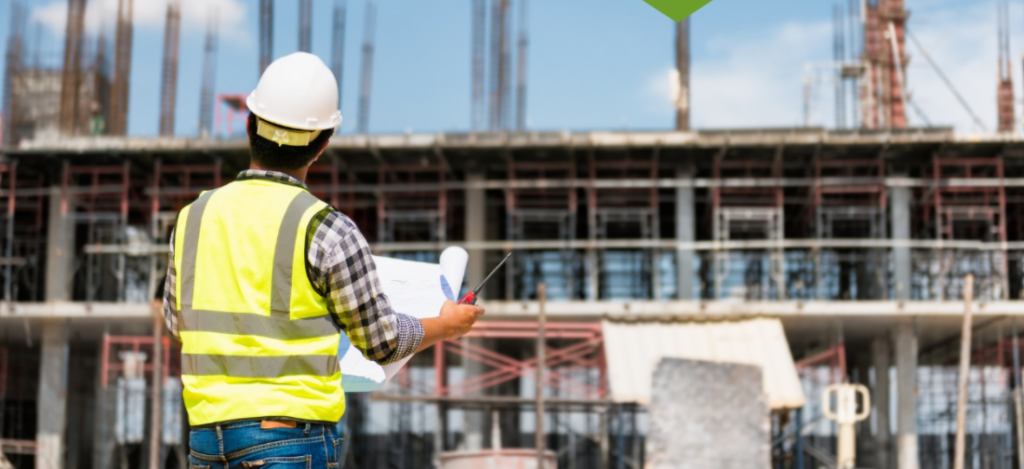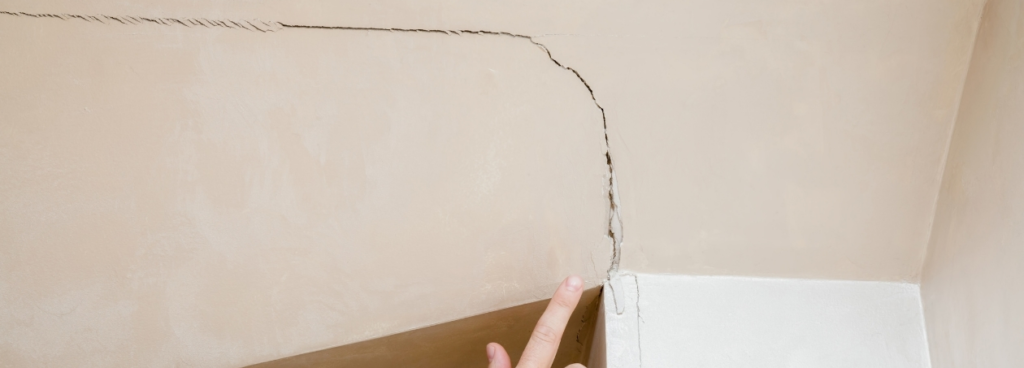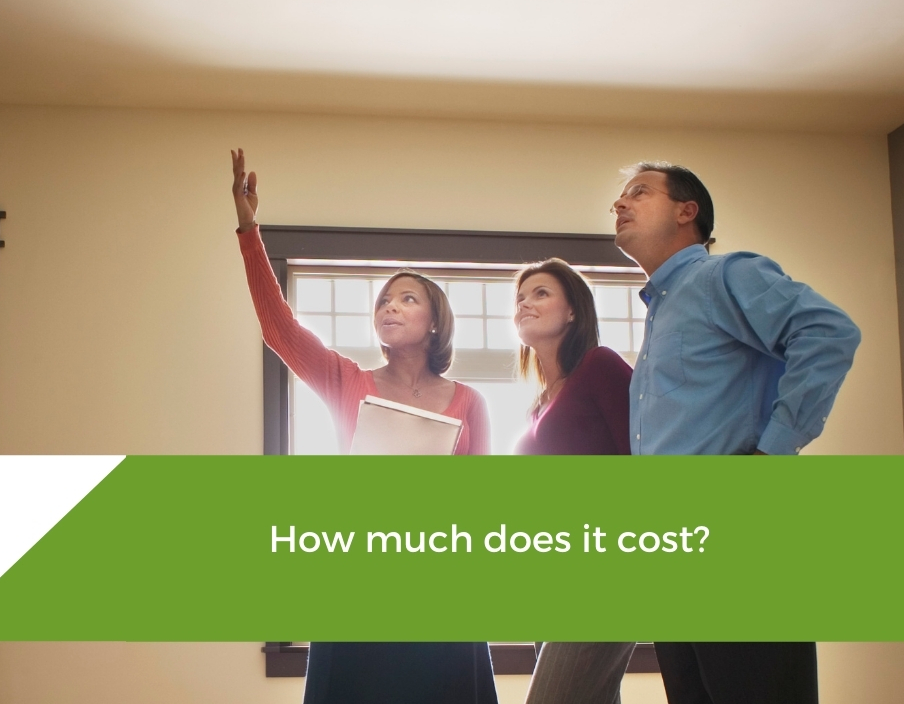The ITE or Technical Building Inspection is a technical report that describes the state of conservation of a building, the damage it presents, and its possible causes. This report helps to increase knowledge of the safety, habitability, and comfort conditions of existing buildings, as well as their due maintenance in order to prevent future damage.
In principle, this building inspection must be passed by buildings with more than 50 years in towns with more than 25,000 inhabitants and must be renewed later every 10. However, both the required age and the renewal period may vary from one Autonomous Community and municipality to another, since they have the power to regulate the regulations relating to the ITE.
The ITE will be a mandatory and essential requirement to be able to access public aid for the rehabilitation of buildings.
Who can do an ITE or Technical Building Inspection?

The competent technical staff to draft the ITE is established by the Building Planning Law and, in general, requires a degree in higher architecture or technical architecture.
Given that upon completion of the works it is necessary for technical personnel, with higher architecture or technical architecture qualifications, to certify their suitability, it is important that the property hires the competent professional for the management and the project, if applicable so that the works are carried out under technical supervision that guarantees their correct execution.
What does the ITE inspect?

The common elements, and it does not refer to whether the staircase is clean or the patio is dirty, the common elements that the Architect has to review are:
- Building structure.
- Constructive elements whose poor condition poses a risk to the safety of people, such as chimneys, railings, false ceilings, cornices, cladding, and ornamental or finishing elements, in particular, if they can fall on public roads.
- Watertightness against water, avoiding leaks through the façade, roof, or land, particularly if these affect the habitability or use of the building.
- The tightness and proper functioning of the general plumbing and sanitation networks, so that no leaks occur that affect the habitability or use of the building or maybe the cause of a lack of written security in the first two sections.
- Building Accessibility Elements ( lifts, stairs, railings, common areas, etc … ) Other aspects to review, such as electrical or gas installations, are only inspected in certain municipalities that require it.
Well, the Architect has already reviewed the building, and now …
The ITE report What does it oblige us to?
Once the ITE or technical building inspection report has been made, it will be essential to read and understand it by all the neighbors before registering with the City Council since it entails a series of obligations.
Once the building inspection has been done, the ITE or technical building inspection gives some degrees to the state of the common elements that we have talked about before, these degrees are:
- Grade 1: Intervention to be adopted within a maximum period of 24 hours, that is, eviction from the home.
- Grade 2: Intervention to be adopted within a maximum period of three months.
- Grade 3: Intervention to be adopted within a maximum period of 12 months.
- Grade 4: Intervention to adopt beyond 12 months.
- Grade 5: Does not need repair, the common element is in good condition.
The communities have the obligation to carry out all the works that in the ITE report are considered immediate, very urgent, or urgent.
Upon completion, a single technical building inspection certificate justifying that the deficiencies observed have been corrected must also be presented to the City Council, by means of a standardized document. At that time, the obligation to present the ITE or technical building inspection is considered to have been correctly completed.
The City Council, within the scope of its powers, will endeavor to ensure the safety of people by ordering, on a preferential basis, the execution of the works that affect the structure of the buildings, the roof, and the repair of the facades towards the road public.
That is why it is very important to know what the report says so as not to scare us once the report is registered with the City Council.
The most convenient thing will always be that the technician who has carried out the inspection explains the content of the document to the neighbors, thus avoiding confusion.
How much does it cost to do the ITE?

There are no “official” rates, so it is best to request at least three estimates from qualified technicians, bearing in mind that they all offer the same services.
In any case, the most common are ITEs or technical building inspection in apartment buildings of many owners, in which there are premises, offices and houses. In these cases, a price is usually assumed per premises (whether commercial, office or home).
The price per premises can average around 60 dollars, although a minimum price per building must always be established in the event that there are few homes. This minimum price will depend on each technical professional and each building, but it can be around 500 dollars as a reference price.
It will also be necessary to take into account the typology of the buildings since, singular buildings such as residences, schools, etc. In these cases, the price is likely to be higher than that of residential buildings due to their complexity and the implicit liability of this type of building.
Another article on this blog that might interests you:
What Maintenance And Building Inspection Should The Elevator Of My Building Meet?